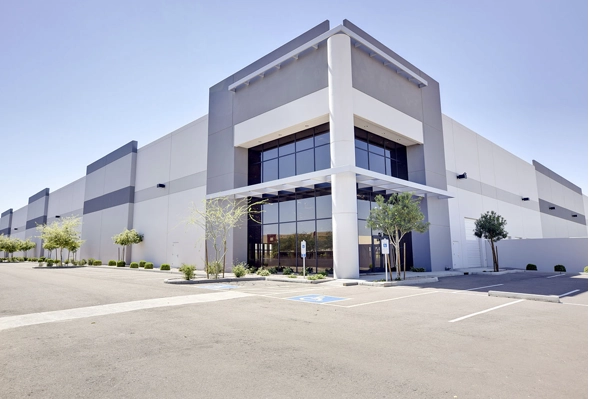
-
 Afrikaans
Afrikaans -
 Albanian
Albanian -
 Amharic
Amharic -
 Arabic
Arabic -
 Armenian
Armenian -
 Azerbaijani
Azerbaijani -
 Basque
Basque -
 Belarusian
Belarusian -
 Bengali
Bengali -
 Bosnian
Bosnian -
 Bulgarian
Bulgarian -
 Catalan
Catalan -
 Cebuano
Cebuano -
 Corsican
Corsican -
 Croatian
Croatian -
 Czech
Czech -
 Danish
Danish -
 Dutch
Dutch -
 English
English -
 Esperanto
Esperanto -
 Estonian
Estonian -
 Finnish
Finnish -
 French
French -
 Frisian
Frisian -
 Galician
Galician -
 Georgian
Georgian -
 German
German -
 Greek
Greek -
 Gujarati
Gujarati -
 Haitian Creole
Haitian Creole -
 hausa
hausa -
 hawaiian
hawaiian -
 Hebrew
Hebrew -
 Hindi
Hindi -
 Miao
Miao -
 Hungarian
Hungarian -
 Icelandic
Icelandic -
 igbo
igbo -
 Indonesian
Indonesian -
 irish
irish -
 Italian
Italian -
 Japanese
Japanese -
 Javanese
Javanese -
 Kannada
Kannada -
 kazakh
kazakh -
 Khmer
Khmer -
 Rwandese
Rwandese -
 Korean
Korean -
 Kurdish
Kurdish -
 Kyrgyz
Kyrgyz -
 Lao
Lao -
 Latin
Latin -
 Latvian
Latvian -
 Lithuanian
Lithuanian -
 Luxembourgish
Luxembourgish -
 Macedonian
Macedonian -
 Malgashi
Malgashi -
 Malay
Malay -
 Malayalam
Malayalam -
 Maltese
Maltese -
 Maori
Maori -
 Marathi
Marathi -
 Mongolian
Mongolian -
 Myanmar
Myanmar -
 Nepali
Nepali -
 Norwegian
Norwegian -
 Norwegian
Norwegian -
 Occitan
Occitan -
 Pashto
Pashto -
 Persian
Persian -
 Polish
Polish -
 Portuguese
Portuguese -
 Punjabi
Punjabi -
 Romanian
Romanian -
 Russian
Russian -
 Samoan
Samoan -
 Scottish Gaelic
Scottish Gaelic -
 Serbian
Serbian -
 Sesotho
Sesotho -
 Shona
Shona -
 Sindhi
Sindhi -
 Sinhala
Sinhala -
 Slovak
Slovak -
 Slovenian
Slovenian -
 Somali
Somali -
 Spanish
Spanish -
 Sundanese
Sundanese -
 Swahili
Swahili -
 Swedish
Swedish -
 Tagalog
Tagalog -
 Tajik
Tajik -
 Tamil
Tamil -
 Tatar
Tatar -
 Telugu
Telugu -
 Thai
Thai -
 Turkish
Turkish -
 Turkmen
Turkmen -
 Ukrainian
Ukrainian -
 Urdu
Urdu -
 Uighur
Uighur -
 Uzbek
Uzbek -
 Vietnamese
Vietnamese -
 Welsh
Welsh -
 Bantu
Bantu -
 Yiddish
Yiddish -
 Yoruba
Yoruba -
 Zulu
Zulu


Nov . 02, 2024 10:08 Back to list
pull rod push rod
The Dynamics of Pull Rod and Push Rod Mechanisms
In the realm of mechanical engineering and automotive design, the concepts of pull rods and push rods play crucial roles in the functioning of various systems. These two types of rods serve as essential components in a multitude of applications, from suspension systems to engine operations. Understanding their unique functionalities and differences can provide insight into their significance in modern machinery.
The Dynamics of Pull Rod and Push Rod Mechanisms
In automotive suspension systems, for example, pull rods are often utilized in systems aimed at improving handling and stability. They can be found in rear suspensions of sports cars, connecting the suspension elements to the chassis. By pulling the suspension components, they help maintain the vehicle's height and ensure optimal contact with the road, providing both comfort and performance. This pull mechanism aids in reducing body roll and improving cornering capabilities.
pull rod push rod

On the other hand, push rods are commonly found in internal combustion engines, primarily in valve actuation systems. In this context, push rods connect the camshaft to the engine’s valves. When the camshaft rotates, it pushes the push rods, which in turn open or close the valves at precise intervals. This action is critical for the engine's performance, as it regulates the intake of air and fuel and the expulsion of exhaust gases. The efficiency and timing of this system can significantly impact engine output and fuel efficiency.
Both pull rods and push rods must be carefully designed to withstand the various forces they encounter. Material selection is critical; components often need to be made from high-strength materials that can resist bending and fatigue. Additionally, precision in their installation is vital to ensure proper function and longevity.
In summary, pull rods and push rods are integral to the efficiency of various mechanical systems. Their ability to facilitate movement in specific directions makes them invaluable in automotive applications and beyond. As technology continues to advance, the design and implementation of these rods will evolve, potentially leading to even greater improvements in performance and reliability across a range of industries. Understanding these mechanisms not only highlights their importance but also paves the way for innovations in engineering practices.
Latest news
What Are Construction Tools and How Are They Used?
NewsJul.11,2025
Professional-Grade Duct Rodding Tools for Superior Cable Installation
NewsJul.11,2025
Enhancing Safety and Efficiency with Modern Hot Stick Solutions
NewsJul.11,2025
Empowering Cable Installation with Advanced Rodder Solutions
NewsJul.11,2025
Elevate Your Cable Installation Projects with Cable Pulling Tools
NewsJul.11,2025
Efficient Cable Handling Solutions: Cable Rollers for Sale
NewsJul.11,2025











